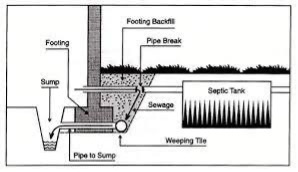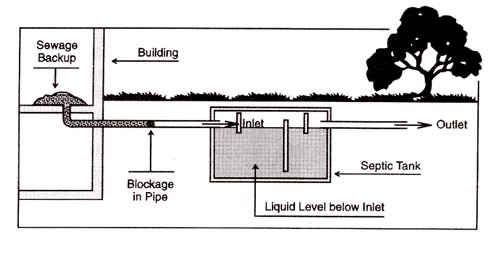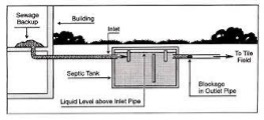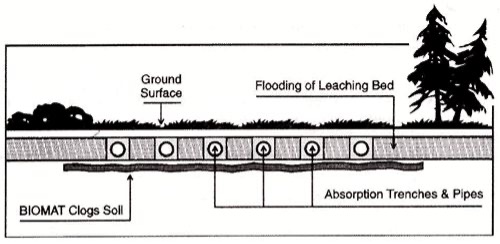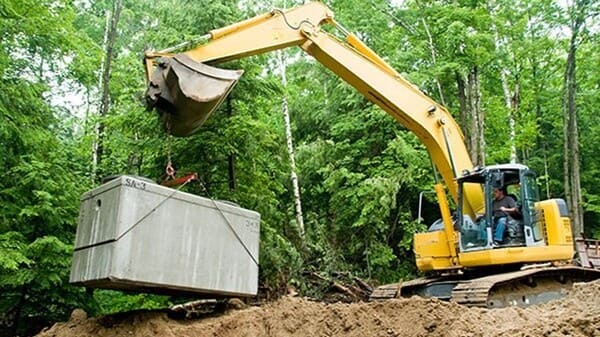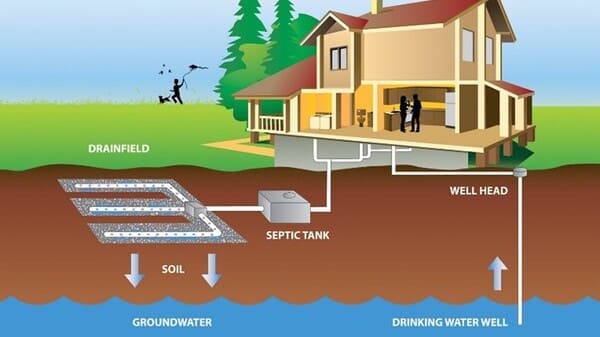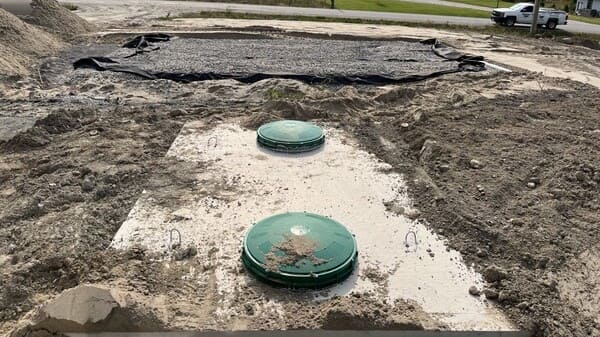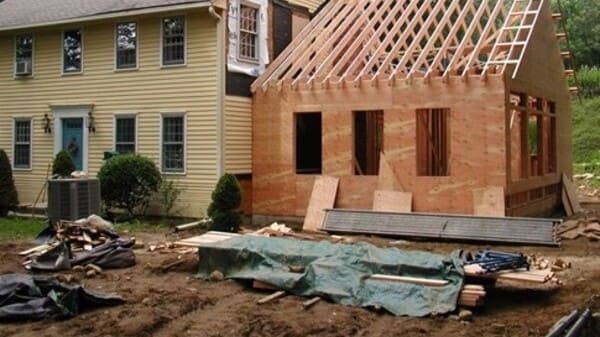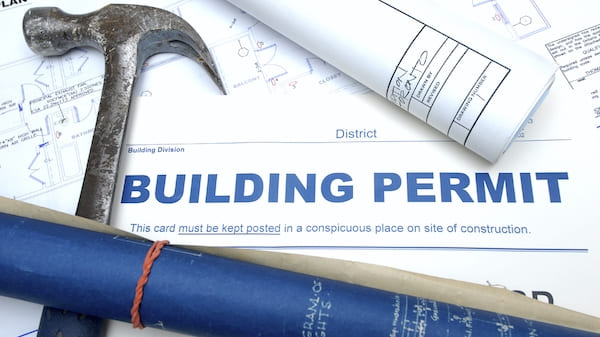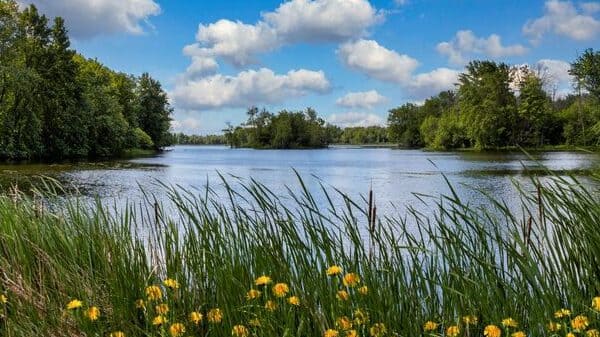Super User
Commissioner of Oaths
A Commissioner of Oaths is an official authorized by the Province of Ontario to administer oaths, affirmations, and statutory declarations, often for legal documents such as affidavits or sworn statements. Unlike a Notary Public, who has broader legal authority (such as certifying true copies), a Commissioner of Oaths focuses specifically on witnessing and verifying the signing of documents related to affirmations or oaths.
The Clerk, Deputy Clerk or Treasurer can assist you with commissioning documents by appointment only. They will ensure that the document is signed in their presence and that the individual declaring the document's contents is properly identified.
Documents That Can Be Signed by a Commissioner of Oaths:
- Some Statutory Declarations: For example, declarations for pension purposes or OSAP applications.
- Some Affidavits: Including those for name changes, or residency.
- Travel Consent Letters: For minors traveling abroad.
- Municipal Applications: Such as development permit or severance related declarations.
- Some Government Forms: Forms requiring a sworn statement, as long as they are not specified for a Notary Public.
Documents That Cannot Be Signed by a Commissioner of Oaths:
- Incomplete or incorrect documents.
- Documents presented without proper identification.
- Statements for which the Commissioner has a conflict of interest.
- Fraudulent statements or statements where there is a suspicion of fraud.
- Copies of original documents.
- Documents requiring a Notary Public.
- Last will and testament or power of attorney documents.
- Legal documents including custody, property or financial matters.
- Foreign language documents unless accompanied by an accurate English translation.
The Commissioner cannot provide legal advice or guidance on the content of documents.
ID Requirements
The request for Commissioner of Oaths service must be made by the individual taking the oath and signing the document. You will need to provide one original piece of government-issued photo identification (no photocopies) that includes both your photo and signature, such as a valid driver’s license or passport.
Please note, the Commissioner of Oaths cannot sign documents without proper identification.
Construction to begin on Scotch Line Road and Highway 511 May 5
Construction is set to begin on two county roads starting May 5 that may involve single lane closures and speed reductions.
G. Tackaberry and Sons Construction Company Limited is scheduled to begin rehabilitation work on County Road 10 (Scotch Line Road) from Glen Tay Road to Otty Lake Side Road for a distance of 2.5 km from May 5 to mid-June.
Lanark County Public Works indicates work will begin with drainage improvements, including culvert replacements, followed by pulverizing, the construction of a left-turn lane at Glen Tay Road, adding granular material and paving with warm-mix asphalt. Single lane closures will be in place during working hours to facilitate construction work.
Thomas Cavanagh Construction Company Limited is scheduled to begin rehabilitation work on County Road 511 (Highway 511) from 3 km north of Tatlock Road northerly for a distance of 3.4 km from May 5 to early August.
This work will begin with drainage improvements, including culvert replacements and rock breaking, followed by pulverizing, adding granular material and paving with warm-mix asphalt. Single lane closures and speed reductions will be in place to facilitate safe construction work.
“This investment in our roads is part of our ongoing commitment to public safety and responsible infrastructure management,” said Public Works Manager Sam Poole, adding that the county appreciates the public’s patience during the construction period.
The county urges all drivers to exercise caution in work zones and to follow posted signage for their safety and the safety of construction crews.
Download the Media Release and maps of construction locations.
Other Permits Landing Page
Other Permits
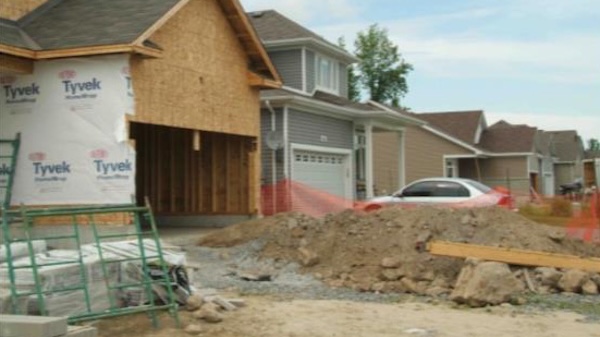


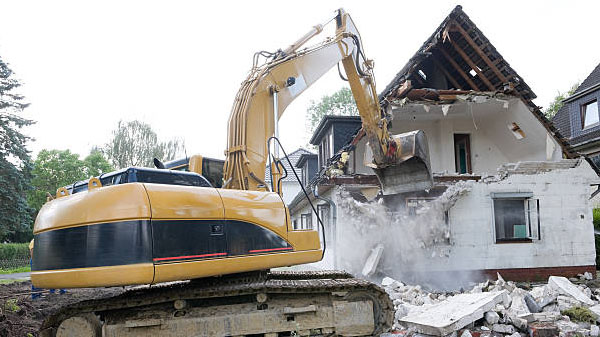
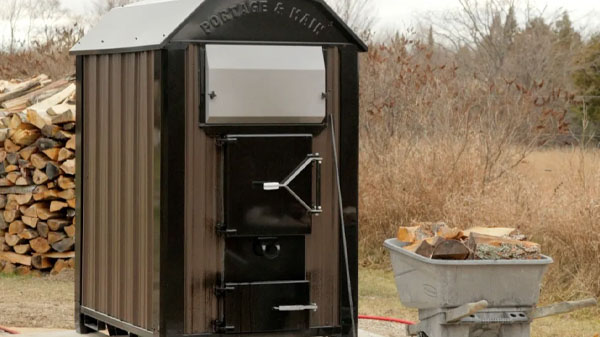

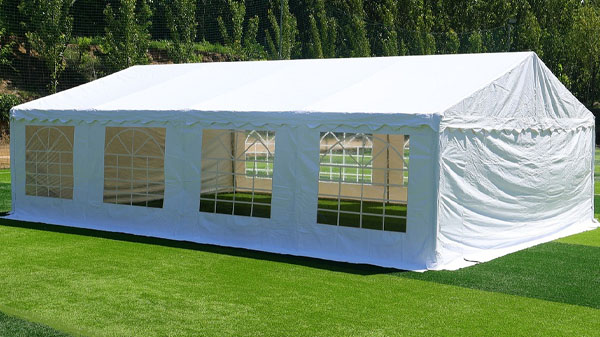
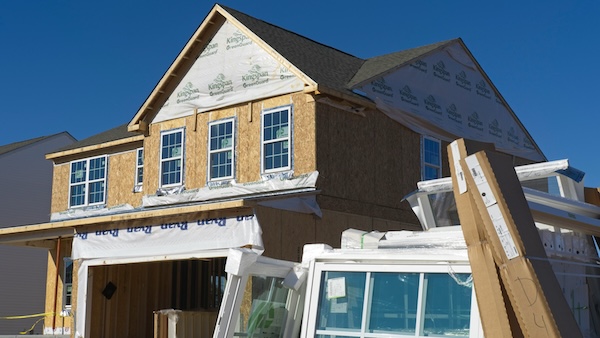
Building Services Contact Information
Peter Echlin, CBO
This email address is being protected from spambots. You need JavaScript enabled to view it.
Phone: 613-267-6500 ext. 240
Rick Patterson, Building Inspector
This email address is being protected from spambots. You need JavaScript enabled to view it.
Phone: 613-267-6500 ext. 213
Kyra Dobbie, Development Services Clerk
This email address is being protected from spambots. You need JavaScript enabled to view it.
Phone: 613-267-6500 ext. 232
Home Renovations & Additional Residential Units
Renovations to existing dwellings or adding an additional residential unit (ARU) may reduce the performance level of the sewage system in the following situations:
- the number of bedrooms in the dwelling are increased
- the proposed construction exceeds 15 percent of the gross area of the dwelling unit
- new plumbing fixtures are added to the dwelling, or
- if the addition or ARU, expansion, alteration or change proposed encroaches upon the sewage system or any of its components, or area required for future replacement
If any of the above applies and the results show that the daily design sewage flow of the dwelling exceeds the capacity of the sewage system components, then the system must be upgraded to accommodate the increased flow rate.
Other structures, including garages (attached or detached), swimming pools or buildings that may reduce the performance level due to their proximity to the sewage system, are also included in the requirements for an application if they are within a 15 metre distance.
Applicants who propose the foregoing must apply for a Sewage System Maintenance Inspection to the Township for approval prior to applying for the municipal building permit. The fee is found here.
Septic Record Search
The Township assumed responsibility for septic inspections on October 1, 2022. Before that date Leeds, Grenville and Lanark District Health Unit was responsible for septic inspections.
To request a file search related to a private sewage disposal system Installed after 1973 please email This email address is being protected from spambots. You need JavaScript enabled to view it.
In your inquiry, please include the property owner’s name, property address, and the approximate date of the installation.
Please note that we are not always able to provide you with records.
Septic Fees
| Septic Applications | Permit Fee |
|---|---|
| Sewage System Permit - For private sewage systems with flows up to 10,000 litres/day1 | $775.00 |
| Tertiary Sewage System Permit - Require Maintenance Agreement (for annual inspection)2 | $850.00 |
| Permit Renewal/Revision with no inspection | $65.00 |
| Permit Renewal/Revision with site inspection | $220.00 |
| Third Party Certificates | $65.00 |
| Maintenance Inspections - including septic tank replacement only, alterations, Class 2 & 3 sewage systems | $385.00 |
| Site Inspections - minor variances/zoning by-laws/building renovations/septic re-inspections | $220.00 |
| Severance Applications First lot Subsequent lots |
$443.00 $180.00 |
| Subdivision Plan Review Non Communal Sewage Systems |
$215.00 per lot up to a maximum fee of $5,000.00 plus 13% HST |
| File Searches | $125.00 |
1 - The Ministry of the Environment will be responsible for sewage works where the design capacity is in excess of 10,000 litres/day under the Ontario Water Resources Act.
2 - Tertiary Treatment Systems (Level 4 Treatment) are Ecoflo, Eljen, Waterloo Biofilter, ATL, EnviroSeptic, Norweco, and Biomicrobics and require Maintenance Agreements upon installation completion.
Payment Options
- Cash
- Cheque
- Debit
- E-transfer payments can be arranged by emailing This email address is being protected from spambots. You need JavaScript enabled to view it.
DO NOT SEND THE EFT TO THIS EMAIL
Septic Maintenance
Advanced Septic Systems Required Maintenance
Some properties will have advanced septic systems, also referred to as alternate systems, and tertiary units. These systems are different than conventional septic systems and can more effectively treat private sewage on small lots, in areas with high groundwater tables or other factors. Because of their advanced design, these systems are required under the Ontario Building Code to receive annual maintenance by a qualified and licensed contractor to ensure they continue to operate properly.
Please note section 8.9.2.3 of the Ontario Building Code states:
“(2) No person shall operate a treatment unit other than a septic tank unless the person has entered into an agreement whereby servicing and maintenance of the treatment unit and its related components will be carried out by the person who, . . . (b) Is authorized by the manufacturer to service and maintain that type of treatment unit.”
Property Owner’s Requirements for Advanced Septic Systems
You are responsible for the care and maintenance of your septic system. Your septic system is required by Ontario regulations to have a valid maintenance contract with a licensed manufacturer or service provider renewed each year.
Property owners must renew/renegotiate a service contract. Your service provider will inform us that your account is in good standing order, which means that it is clear of any service suspensions.
Please note that if change of property ownership occurs, the current property owner must disclose to the prospective purchaser the existing treatment unit contract and advise the service provider of the impending sale and the name of the new owner.
Septic Permits
Types of Septic Permits and How to Apply
The Different Classifications of Sewage Systems & Required Clearances
New Septic Landing Page
Septic Services
Septic/Building Services Contact Information
Peter Echlin, CBO
This email address is being protected from spambots. You need JavaScript enabled to view it.
Phone: 613-267-6500 ext. 240
Rick Patterson, Building Inspector
This email address is being protected from spambots. You need JavaScript enabled to view it.
Phone: 613-267-6500 ext. 213
Kyra Dobbie, Development Services Clerk
This email address is being protected from spambots. You need JavaScript enabled to view it.
Phone: 613-267-6500 ext. 232
New Planning Landing Page
The Planning Department is there to help guide the way the Township grows and is responsible for ensuring the orderly development of both the rural areas and our hamlets. Land use planning is a process which ensures that land and resources are effectively managed and that growth occurs in a manner that the community desires. The planning process is governed by the Province’s Planning Act, and it is the Township’s Official Plan and Zoning By-law which are the daily tools we use to promote attractive and sustainable development while limiting negative impacts on people, neighbours and the environment.
Planning Department Contact Information
Brady McGlade, Planner
This email address is being protected from spambots. You need JavaScript enabled to view it.
Phone: 613-267-6500 ext. 230
Kyra Dobbie, Development Services Clerk
This email address is being protected from spambots. You need JavaScript enabled to view it.
Phone: 613-267-6500 ext. 232


